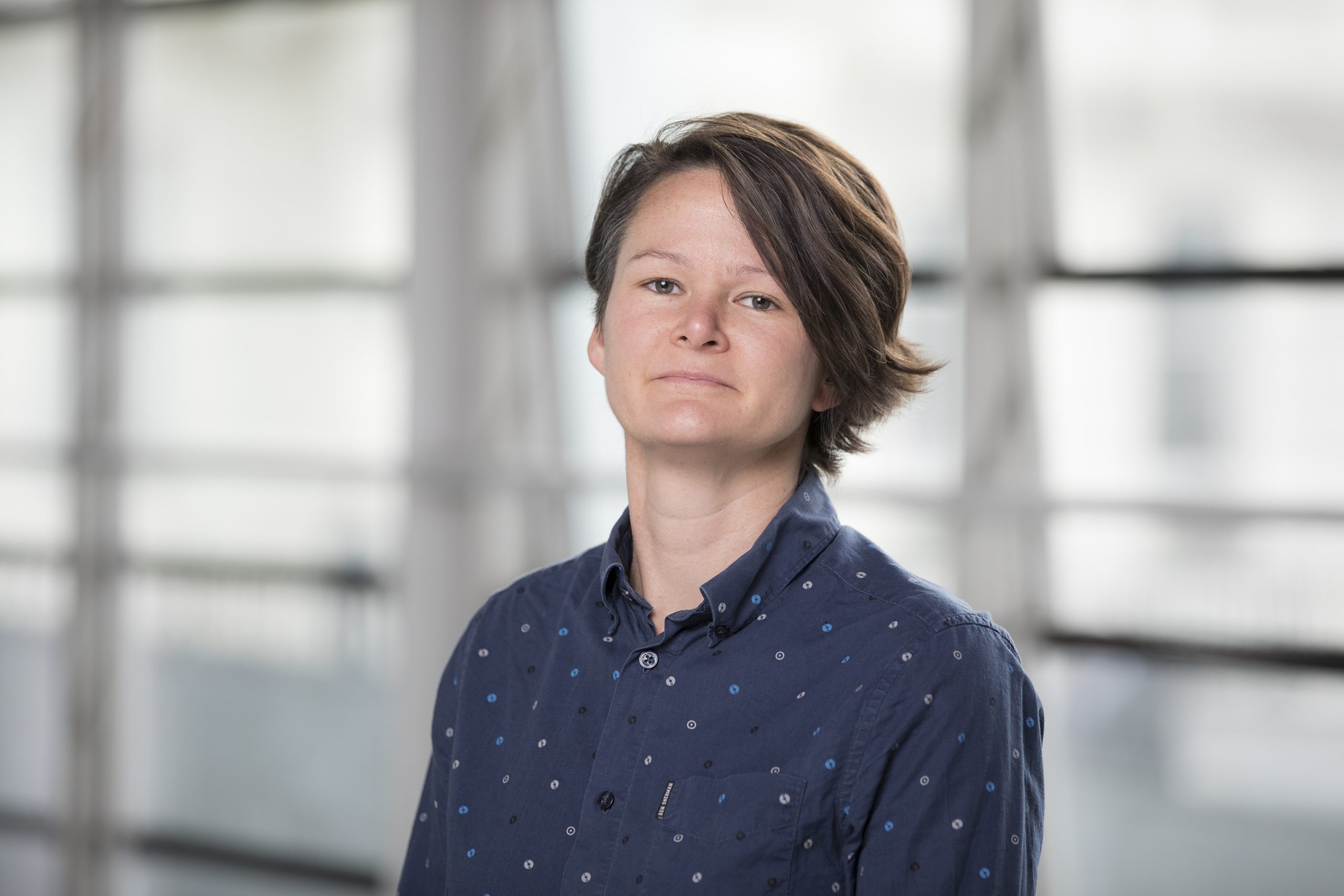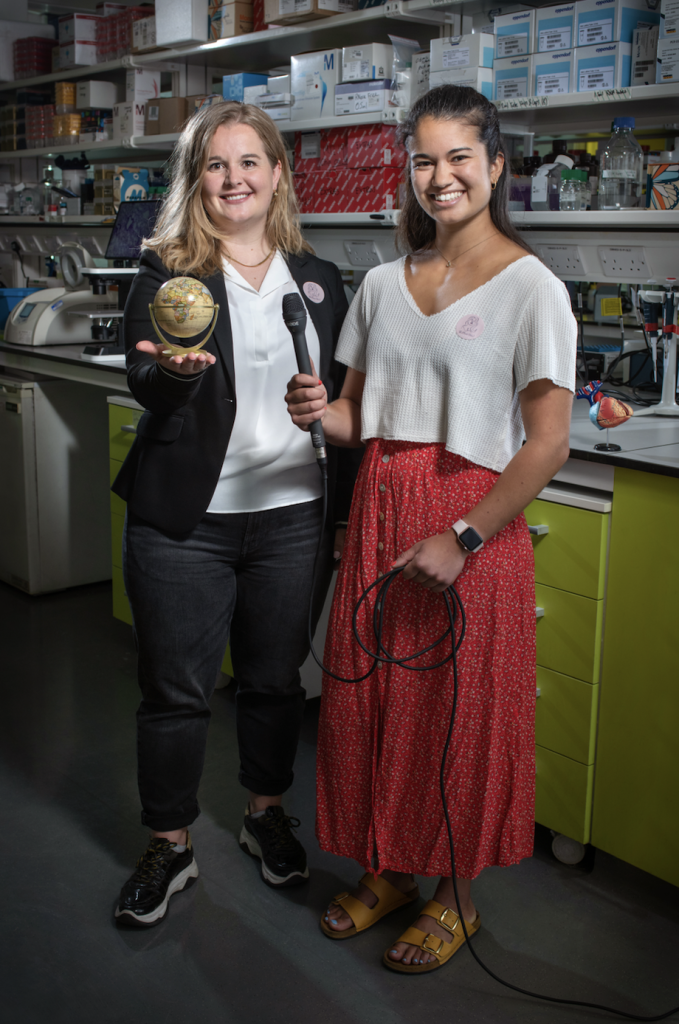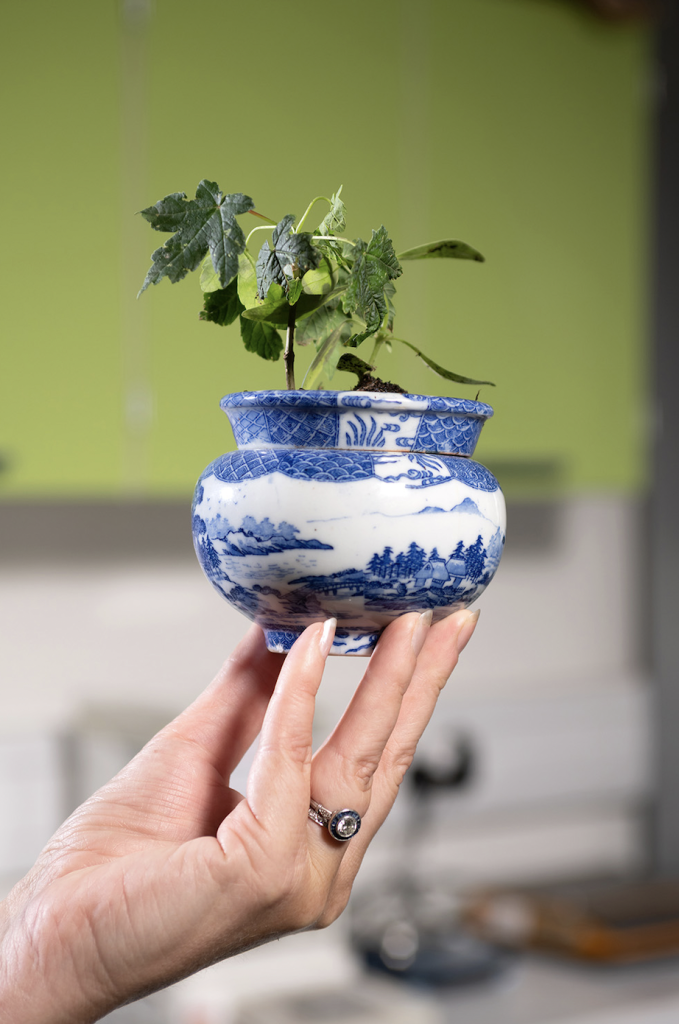
Helen Johnson, Communications and Marketing Manager at the National Heart and Lung Institute (NHLI) discusses her recent project ‘Making Waves’, which set out to update the Department’s imagery across their buildings to better reflect the diversity of NHLI’s community and inspire the next generation.
“Sometimes our stories make us stronger”
This is what one of our contributors said to me during her interview, and I couldn’t have summed up ‘Making Waves’ any better. This project set out to showcase the people behind the great science and teaching that the NHLI is known for.
We don’t always think about it on a daily basis but when you actually look at who is celebrated in the imagery on our walls, it tends to be people who no longer work for the Department, and they tend to also share characteristics in terms of their age and race. But, then again, it is just a portrait of that person, so we don’t necessarily know their whole story by just looking at an image. Everyone has their own story.
The founding premise of ‘Making Waves’ was that anyone should be able to look at these new portraits and see themselves. So that everyone can know they are welcome at NHLI and in science – that they belong. I was tasked with this vision by my Head of Department, Professor Edwin Chilvers, who was keen we brought our imagery more up to date to represent who NHLI is today. The leaky pipeline in science for those holding protected characteristics has been much reported, and is easy to see when you look for instance at the number of Black Professors across not just NHLI, but across the whole of Imperial. One set of portraits will not solve this, but hopefully by showing a greater variety of successful people and their journeys, others will be inspired to continue their own scientific paths.

Stand out portraits
To kick off the project, I put a call out to our community to nominate people in the Department who inspired them, to which we received a wonderful response. A panel was then given the unenviable task of shortlisting 10 contributors whose stories we could share, and who would hopefully cover as many aspects of our Department and its people as possible.
The next consideration was how to make these new portraits stand out. They would be hung alongside traditional grand artworks so needed to hold their own, and also offer something that would hopefully intrigue the viewer and cause them to pause and engage. I decided to follow the example of more classical portraiture and, in particular, The Ambassadors by Hans Holbein the Younger (no, I didn’t get people to dress up in Tudor costumes!). Instead, I took inspiration in a few ways. First, the idea that objects in the portrait will tell you something about the person, and secondly, that they are well dressed. Each person we featured was asked to choose three objects to represent who they are or what they believe is important to be included in the portrait with them. They were also asked to dress more formally than they would for an average day at work, but in something they feel themselves in, even though they were photographed in their place of work. I was lucky to work with a wonderful photographer, Dave Guttridge, who then also adapted his lighting to try and draw on and replicate the classical look of portraiture.
Hopefully, these choices have combined to draw people into the portraits in an eye-catching way as they’re not your standard images of scientists, whilst also telling the observer more about the person featured. To further this, each portrait was accompanied by three statements from the individual – one for each object – highlighting either their work, themselves, or their lives.

An honour
Along with the 10 printed and framed portraits there is a long– form interview for each person online. A QR code on the physical portrait takes you to the Imperial Stories site where you can read the full interview with each person. These provide a fuller insight on why each contributor chose their three objects and allows people to hear other aspects of their lives and about issues they feel are important. Our conversations included such an array of topics including representation, breaking the stereotype, overcoming setbacks, why reading is for everyone, and chocolate!
It was such an honour to get to talk to people in my Department about their lives and what they think is important in this world. I feel so lucky to have been able to have those conversations and only hope I have done them justice in the finished content. The portraits are currently hanging in the Guy Scadding Building, Brompton Campus, and ICTEM, Hammersmith Campus.
Another goal of this project is to inspire others to replicate and improve it so please do get in touch if you’d like any information or are considering a similar project yourself.
Thanks to all the contributors who kindly shared their thoughts and stories with me.